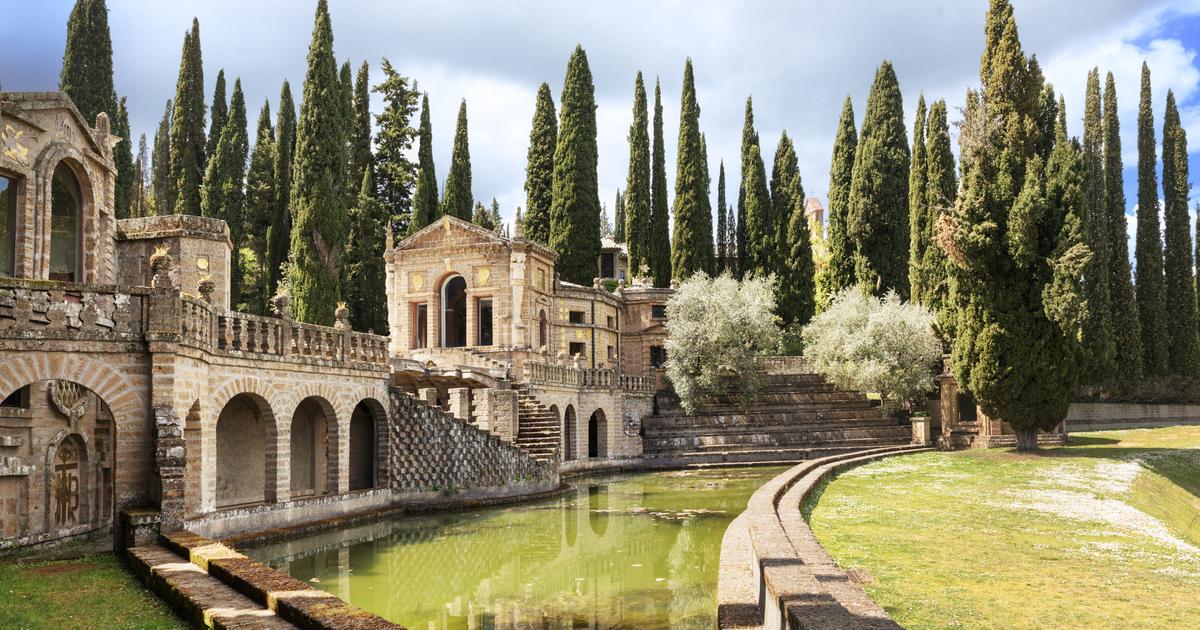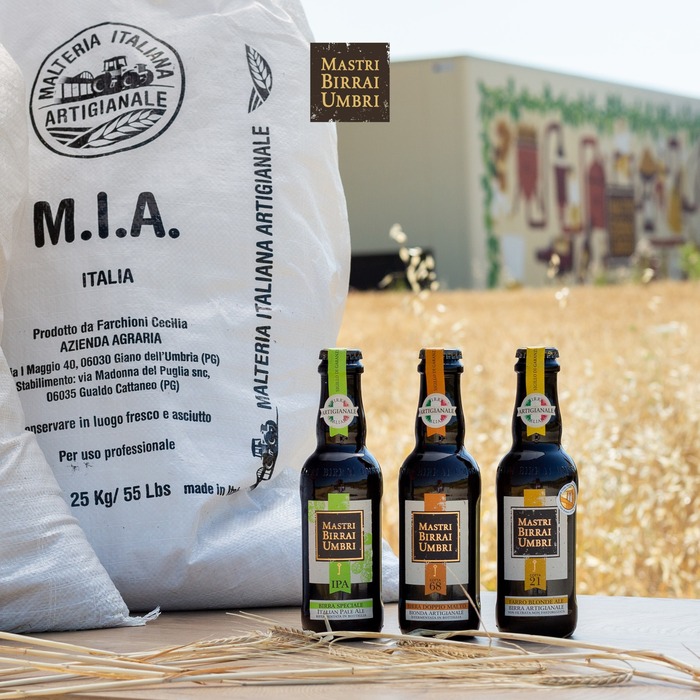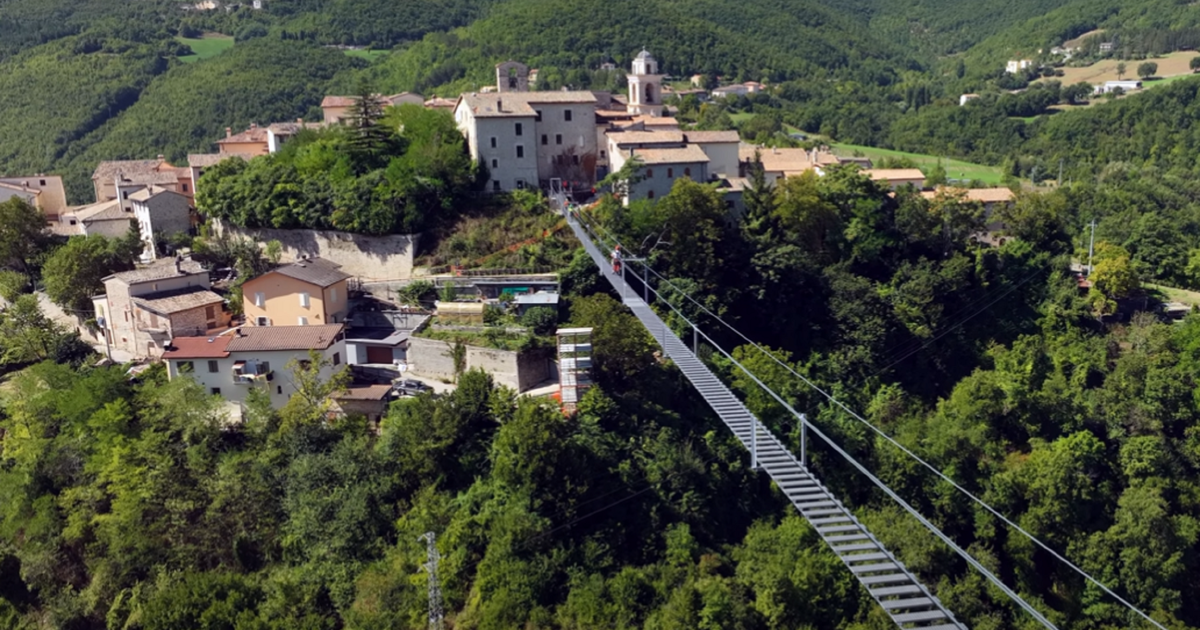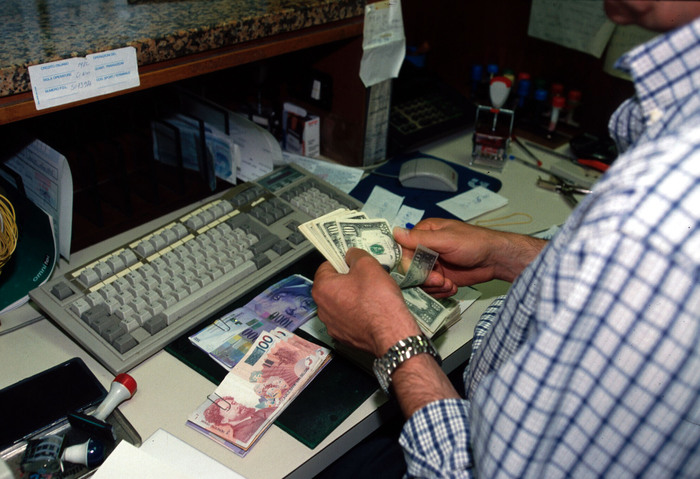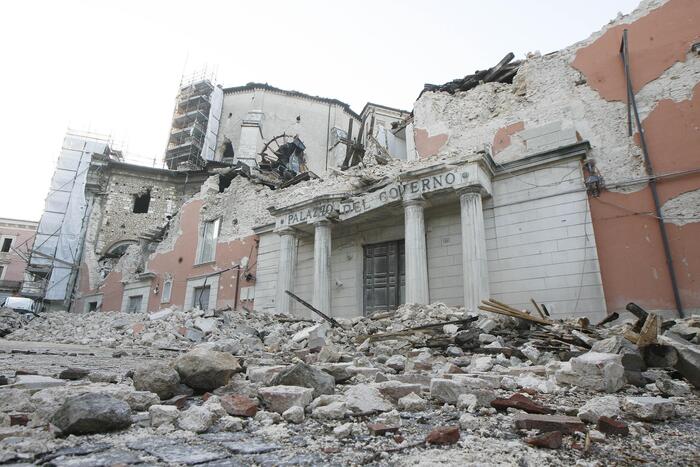Perched on a high hill overlooking the Tiber, the capital of Umbria is one of those still well-kept transalpine secrets.
City of art and history, Perugia is rich in monuments and museums full of paintings from the Quattrocento.
A heritage that would attract crowds if it were located in Tuscany!
Nothing like this in Perugia, a city that has managed to preserve its calm and its gently provincial lifestyle, so pleasant in Italy.
To discover
Rome Stay |
5 days |
Getaway to the Eternal City
Trips to Italy: tailor-made tours, hotels and stays from our partners
Nestled on a plateau, Perugia was a major city of the Etruscan league.
After being conquered by the Romans then looted by the Barbarians, it regained its splendor in the Middle Ages, a period during which it was covered with towers and took refuge behind its powerful ramparts, still visible today.
The city then gets involved in the wars between city-states, orchestrated by the great Italian lords.
On the eve of the Renaissance, it experienced significant growth and its trade flourished.
The refinement of its
collegi,
seats of the various corporations, bears witness to this.
Attached to the Papal States from 1540, Perugia is gradually falling into line.
Read alsoFrom Perugia to Spoleto, seven places to recharge your batteries in Umbria, Italy's "green lung"
Piazza IV Novembre,
one of the most beautiful squares in Italy
The Palazzo dei Priori and its fountain.
Stefano Zaccaria
The ancient heart of the city, the sublime
Piazza IV Novembre
is worth many Tuscan squares.
In its center, the fabulous
fontana maggiore
unfolds its magic of marbles decorated by Nicola Pisano in the 13th century.
On the height, the left side of the
duomo di San Lorenzo
presents a delicate harmony with its pink patterns and its loggia.
Opposite, the majestic
Palazzo dei Priori,
built in Gothic style, offers a real symphony of marble and travertine.
Its staircase gives access to the
Sala dei Notari
, punctuated by arches and decorated with frescoes since the Middle Ages.
It is also in this building, but this time on the Corso side, that the sumptuous
collegio della Mercanzia
is located , the former headquarters of the corporation of merchants.
The carved wooden decor of the courtroom is as original as it is breathtaking.
It would have been made by French craftsmen in the 15th century.
The Galleria Nazionale dell'Umbria, The Uffizi in miniature
The gallery, renovated in 2022, notably hosts vibrant collections of paintings, notably by Perugino and Pinturicchio.
Press picture
Decidedly vast, the Palazzo dei Priori also houses the fantastic
Galleria Nazionale dell'Umbria
.
Superbly renovated in 2022, it displays its masterpieces in a setting of great beauty.
After admiring the collection of Umbrian primitives, we enter the former chapel of the Priors, where the frescoes by Benedetto Bonfigli bring the Perugia of the Quattrocento back to life in a profusion of details: note the tower houses, the doors and the fountains... would believe it!
Then place the painting collections: we vibrate in front of the canvases of Perugino and Pinturicchio, where the local style is fully expressed: grace of expressions, finesse of lines, harmony of colors... What sweetness!
A luminous way that we find in Piero della Francesca, notably in his sublime
Polyptique de Saint-Antoine
.
In a completely different style, the Baroque compositions of Pietro da Cortona are also worth a look.
We come out of the museum almost sated after so many beauties.
Going back down the Corso, there is still the
Nobile Collegio del Cambio
to discover, the former headquarters of the brotherhood of stockbrokers.
Nicknamed "the most beautiful bank in the world", its courtroom was entirely decorated by Le Pérugin.
On leaving, the via dei Priori tumbles down the slopes of the old center between churches and oratories, greeting the
torre degli Sciri
on the way, which you can climb at the end of the week.
From chapels to
palazzi
The amazing Pozzo etrusco, hidden under the Sorbello palace.
PerseoMedia
A visit to the elegant
Palazzo Sorbello
transports you to a very different era, that of the 18th century.
Take a look at the library, which is full of period works, detailing the wonders to be seen during a Grand Tour in Italy.
Ancestors of travel guides in a way… From the terrace, the view of Perugia is dazzling.
As for the
Pozzo etrusco
, an Etruscan well from the 3rd c.
av.
J.-C. hiding under the palace, it is worth the detour.
Then join the
capella San Severo
, taking picturesque medieval streets festooned with bricks.
It houses one of the first frescoes painted by Raphael, when he was still a disciple of Perugino.
The young Sanzio painted the upper part at the very beginning of the 16th century, representing
The Trinity and the Saints
.
In the
Porta
San Pietro district
The Basilica of San Pietro Photo press
Below the city center, the San Pietro district hides some must-sees such as the San Domenico convent, which houses the
National Archaeological Museum of Umbria
(MANU) and its exceptional Etruscan collections.
Start with the remains of the tomb of Cai Cutu, a burial containing around fifty urns as well as a sarcophagus;
before continuing with the
cippo perugino,
a stele engraved in the Etruscan alphabet.
See also the delicate bronzes of San Mariano, the finely chiseled marble tombs and the countless jewels or amulets.
At the end of Corso Cavour, you have to enter the Basilica of
San Pietro
with its incredible decor, worthy of Florentine convents: painted coffered ceiling, frescoes invading the walls in a delirious abundance, paintings by Perugino nestled in the sacristy, delicate Renaissance stalls… Sublime !
The incredible volumes of the fortress of Rocca Paolina.
Art Media Factory
Returning to the center, stop at the
Museo Civico di
Palazzo della Penna
which houses the city's modern art collections.
In addition to neoclassical salons, there is a series of "black paintings" by Joseph Beuys as well as the futuristic paintings of Gerardo Dottori, an artist born in Perugia.
His
Speed Triptych
has something of an antiquity today despite its revolutionary ambition.
Finally, the walk can end in the
Rocca Paolina
, a fortress built by Pope Paul III.
An underground street and a curious escalator make it possible to discover its volumes and structure, almost cyclopean.
How to come to Perugia
Perugia is 2h by train from Florence and 2h30 from Rome.
Information on www.trenitalia.com.
Ask about
Perugia Tourist Office: https://turismo.comune.perugia.it
Perugia Museums: www.museiapperugia.it
Italian Tourist Office: www.italia.it


